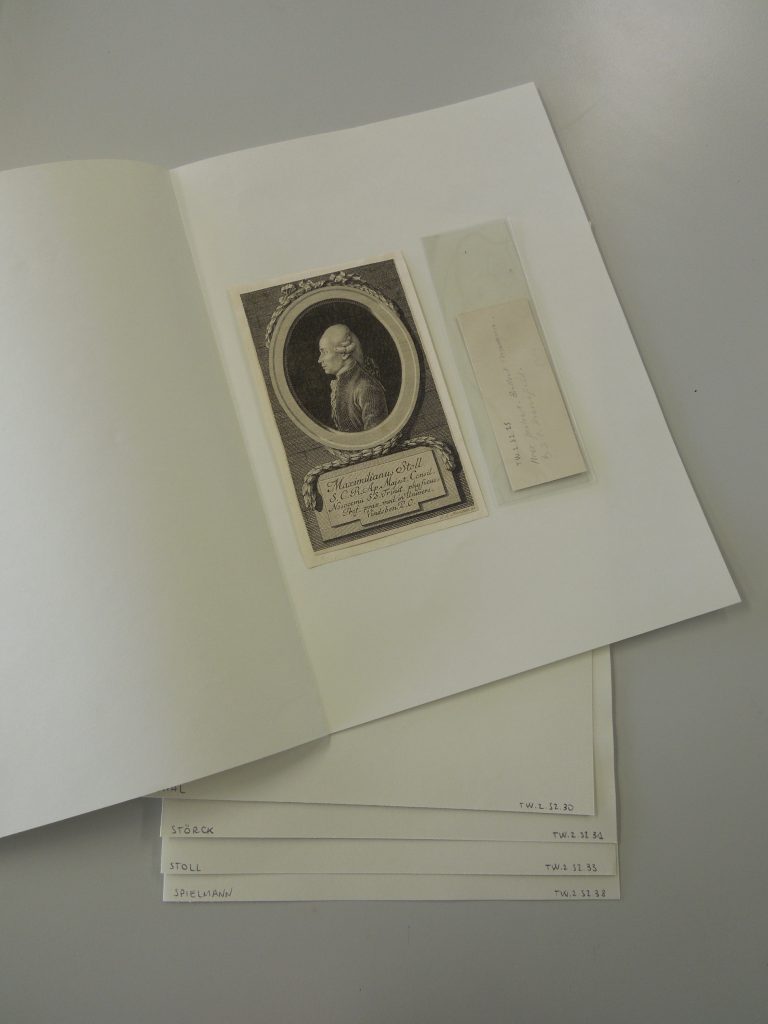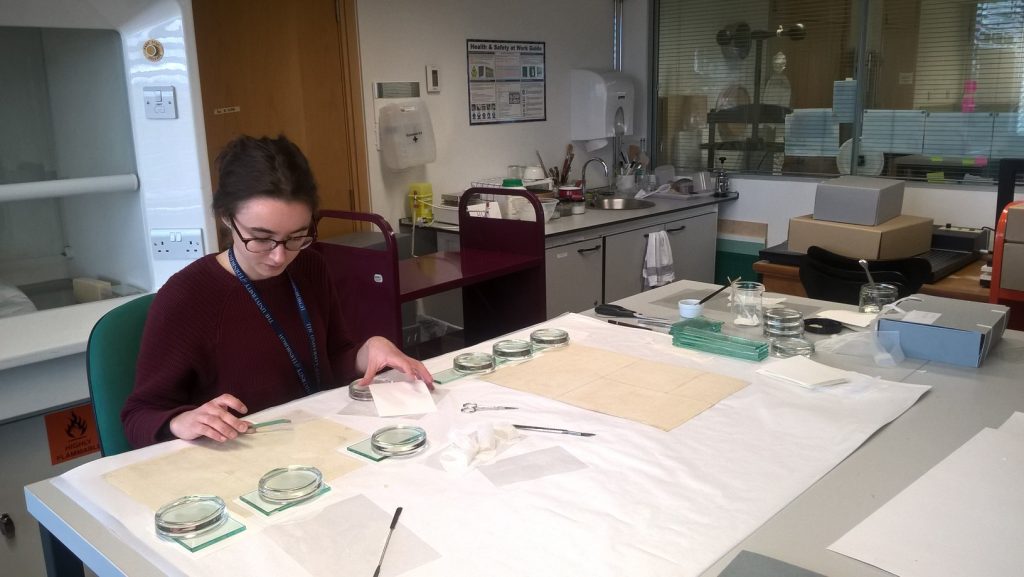In the third instalment of this four-part series, remote intern Mhairi Boyle discusses the survey she created to get insight on water type and water usage from fellow paper conservators all around the world. She talks us through how she analysed the results and provides the findings from the survey.
In this blog, I will be discussing the results of an online survey I conducted.
Do you ever walk into a supermarket and feel immediately overwhelmed by the amount of baked goods on display? Sourdough, or tiger loaf? Or maybe cleaning products are your thing: Cillit Bang, or Mr Muscle? Either way, this is called ‘choice overload’, or ‘overchoice’. When I first started looking into water filtration methods and types, this is exactly how I felt. Which company? How much? Is it effective?
In this case, it has proven very useful to conduct a survey. Surveying fellow paper conservators on their water usage and opinions has given me an insight into the most popular water types and filtration choices, and why conservators use them.
I asked ten questions, five of which were multiple choice, and five of which were open-ended. I wanted to keep it as simple as possible to maximise the number of respondents. A one-page survey is less daunting and time-consuming than a ten-page survey. The open-ended questions gave me information on emergent themes and concerns of conservators regarding their water usage. The multiple-choice questions gave me quantifiable, i.e. numerically measurable information, on which water and filter types were most popular. In the end, I got fifty respondents, which was a great result. When I closed the survey and exported the information into a spread sheet, I looked at it and froze for a moment. What now?

Over 50% of respondents resided in North America.
Enter… Excel. Microsoft Excel can be an intimidating beast. I feel that I have only scratched the surface of its analytical power, but even so, it has been a very valuable tool. If you are not mathematically-inclined (me), Excel can do all of the hard work for you. The multiple-choice results were surprisingly simple to grapple with: I was able to work out percentages using Excel calculations and visualise all of the answers in bar graphs and pie charts.
Qualitative information is a bit more complicated to analyse. I used a method called ‘open-ended coding’. Using this method, the researcher reads through all of the answers and notes any common emerging themes or feelings that arise from the answers. These can all be categorised. I used coded themes such as ‘Safety’, ‘Cost-effectiveness’, and ‘Sustainability’. I was then able to tally up how many conservators’ answers came under each theme, and from that I was able to get a general sense of what was important to the respondents. I could also add comments on the side. This process takes a few reads of the answers, as more themes may emerge on second and third analysis.
Here are some of the key findings:
- North American respondents used a larger combination of water filtration methods. For some, this was because their tap water quality was very poor, and for others, it was because they preferred the sense of control it gave them.
- Some conservators were wary of using tap water because of its regional and seasonal variability.
- Over half of respondents agreed that tap water is viable in conservation, but it is dependent on local quality and regular, thorough testing.
- Conservators chose water type and filtration methods based on: safety, control, purity, and cost-effectiveness.
- Most conservators did not have an official Water Testing Programme, but did undertake regular testing of some description.

Respondents in North America used a greater variety of water filtration systems.
The survey gave me some valuable information on the real-life practices of conservators, and I used some of this information to inform my Water Testing Programme. I will talk more about this in my next blog.












